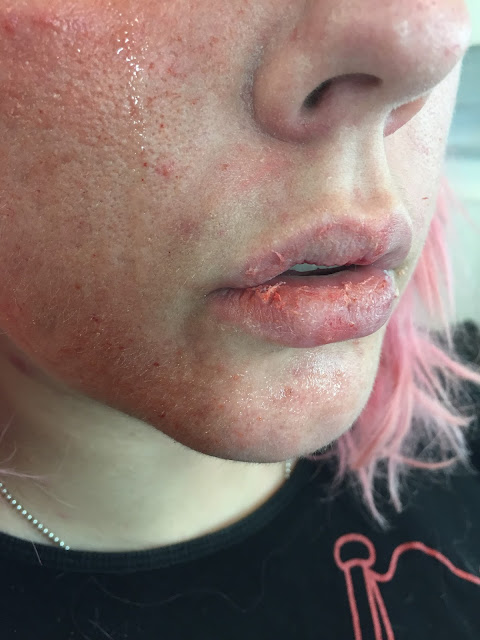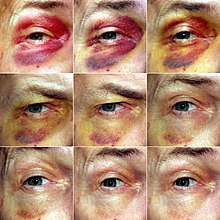Hair Practice for Jeykll and Hyde.
Consultation notes:
Name: Ross Kershaw
Age:22
Skin type: dry
Hair type: Grey/pink, short
Skin tone: Pale
Eye colour: blue
Eyeshape: Even
Allergies/medication: N/A
Contraindications: N/A
Notes: Use heat spray onto the hair as it gets bleached a lot.
Tools used:
Kryolan color spray brown, grey and black
Notes: spray at a far distance, cover the skin to make sure you don't spray the colour onto the skin.
Name: Ross Kershaw
Age:22
Skin type: dry
Hair type: Grey/pink, short
Skin tone: Pale
Eye colour: blue
Eyeshape: Even
Allergies/medication: N/A
Contraindications: N/A
Notes: Use heat spray onto the hair as it gets bleached a lot.
Tools used:
Kryolan color spray brown, grey and black
Notes: spray at a far distance, cover the skin to make sure you don't spray the colour onto the skin.
I have sprayed the grey and brown to see what they looked like together, I didn't really like the outcome of the brown colour.
I have sprayed over the brown with the black and think it looks a lot better for this character, as the character is meant to have a sinister look and believe the black would help create this effect.
This color spray is amazing I like how it looks with and without the flash. I am thinking a side part, one side it grey and slick back and the other side is messy and curly this will be the black side. I will have to style the hair first before using the spray.













































